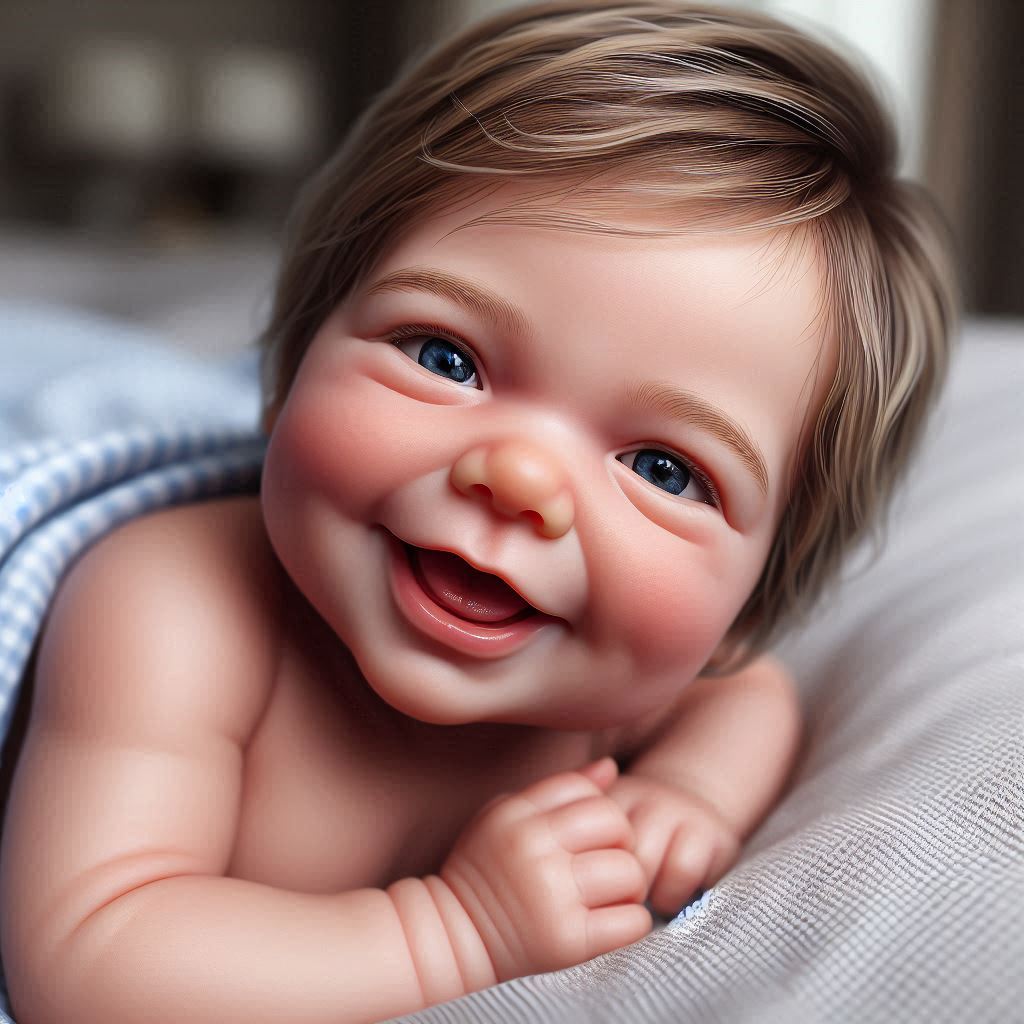
It usually starts out as a weepy, red rash once the child is at least three months old, and it tends to occur either on the face or on the outer surfaces of the arms and legs.
If left untreated, the condition can progress to a dry, itchy and scaly rash in later childhood, and this is usually found in the elbows and the knees.
In some cases, the skin can have a sandpaper feel to it, with cracked skin either on the palms of the hands, around the ears and the scalp can often turn scaly.
This condition is common if it runs in the family, and often the affected child will also have other conditions such as asthma or hay fever. It is possible that some children will continue to have Eczema later on in life, though it can simply clear up by itself.
The Causes, Symptoms and Treatments of Infantile Eczema:
Children who do suffer from the condition will find that they do not stop itching. Often the Eczema shows no symptoms and then it will be followed by periods of outbreak in which the severity differs.
Usually children, who do suffer from this, tend to have dry skin and a high sensitivity to itching. The true cause of the condition is unknown though it is often thought to be hereditary.
The main symptoms tend to include a red rash. Babies especially develop a red rash on their cheeks which then spreads down the face and all the way down to the nappy area.
It is also possible in some cases for the rash to appear on the arms and legs, and due to the amount of itching involved, the baby may be extremely irritable, especially at night time.
In most cases the rash which appears is dry, though it is possible for it to become infected. The bacterium which infects the skin starts to produce pus and if this does occur it is known as a warning sign and you should take your child to the doctors immediately.
In older children the rash tends to appear behind the knees and on the wrists, ankles and neck. The Eczema is dry and the skin is often thickened in affected areas.
Some things that help to keep the condition under control include making your child wear cotton clothing instead of wool. Woolen items of clothing tend to cause sweating which in turn irritates the Eczema.
How you wash the clothes can also make a big difference. You should try and wash them in perfume free soap and if you know that the water in your house is quite hard, it can help to add household vinegar to the rinse.
Moisturizers also help and they should be applied several times a day. In summer it is better to apply a thinner moisturizer so that the skin does not become clogged.
A common trigger of Eczema is dust mites so try and keep the house as tidy as possible, including children play area. Also, make sure that your child does not spend too long in the bath with hot water. Hot water can really dry out the skin and it can make Eczema even worse.
Overall, Infantile Eczema affects approximately twenty percent of children. In most cases the condition clears up by itself and in mild cases, only moisturizer is needed.
However, if you are concerned, you should always consult a doctor who will be able to give you advice and a proper diagnosis of the condition.




